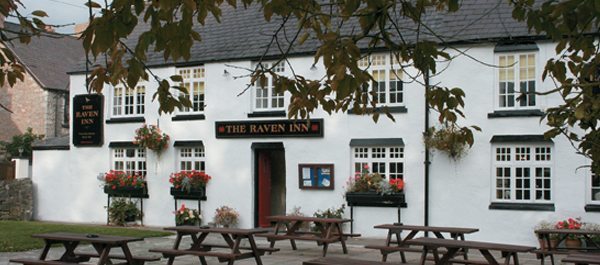
How the Raven got back its wings Story and photos
[caption id="SavingtheVillagePub_Feature" align="aligncenter" width="1024"]
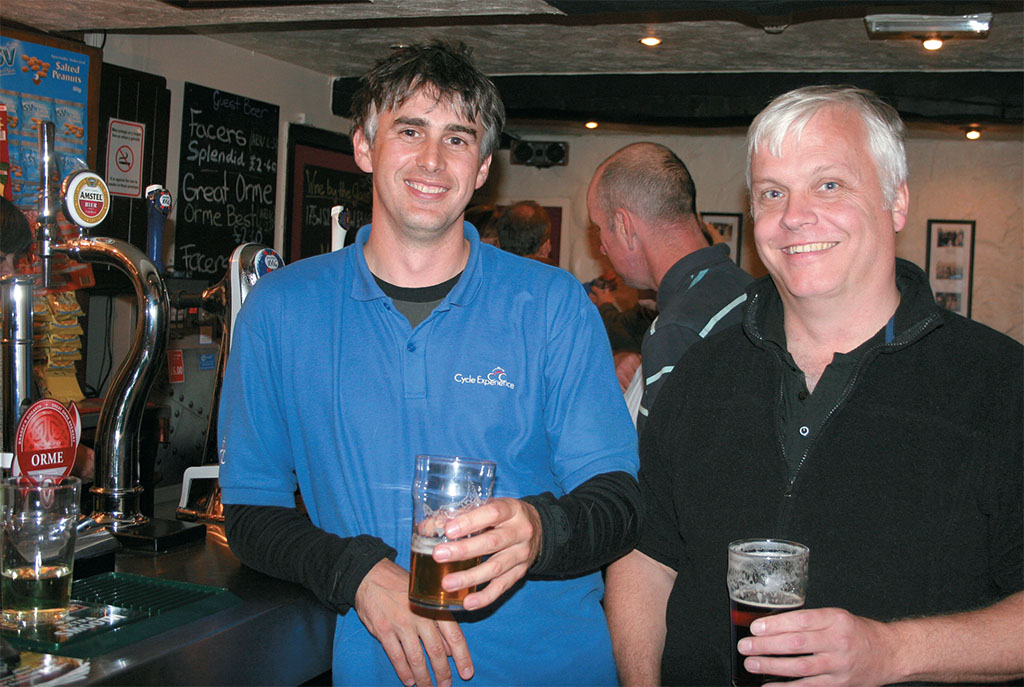
DANA HUNTLEY

DANA HUNTLEY
DISPENSER OF CHEER AND CASK ALE, with a warming fire in winter and a flower-decked beer garden in summer; place of casual conversation and fruit machines, ham sandwiches and pork cracklings I’ve always loved the village pub.
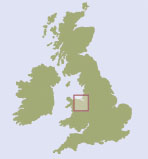
DANA HUNTLEY
Monarchs come and go; Governments rise and fall; there are times of war and times of peace, times of plenty and times of want: but the village pub is always there. A friendly light on a dark winter night, gathering place for games and village gossip, the neighborhood living room: the village pub has been the heart of community in rural Britain for centuries. From St. Ives to Thurso, the pub is the hub. Or at least it used to be.
In recent years, the pub has fallen on hard times. It is no longer news to report that village pubs are closing across the island at the rate of one a week. Many communities whose civic life was centered on the pub for centuries are now publess. This is serious, economically as well as socially. Among other things, it is reckoned that a pub is worth eight percent on village property values alone.
The reasons for the decline of the village pub are several. Government taxing policies have made drinking in the pub much more expensive than buying wine, beer or spirits in the nearest supermarket. It’s simply far more economical to drink at home, even with friends. And the blanket ban on smoking in the pubs has put a great damper on pub time for millions. Somehow, it’s more than the prohibition on smoking itself; it’s the idea of it. Tobacco has been part of the fabric of the pub for centuries—back to the days when a well-run pub stocked a supply of clay pipes for the mutual shared enjoyment of their regulars and travelers alike.
[caption id="SavingtheVillagePub_img3" align="aligncenter" width="1024"]
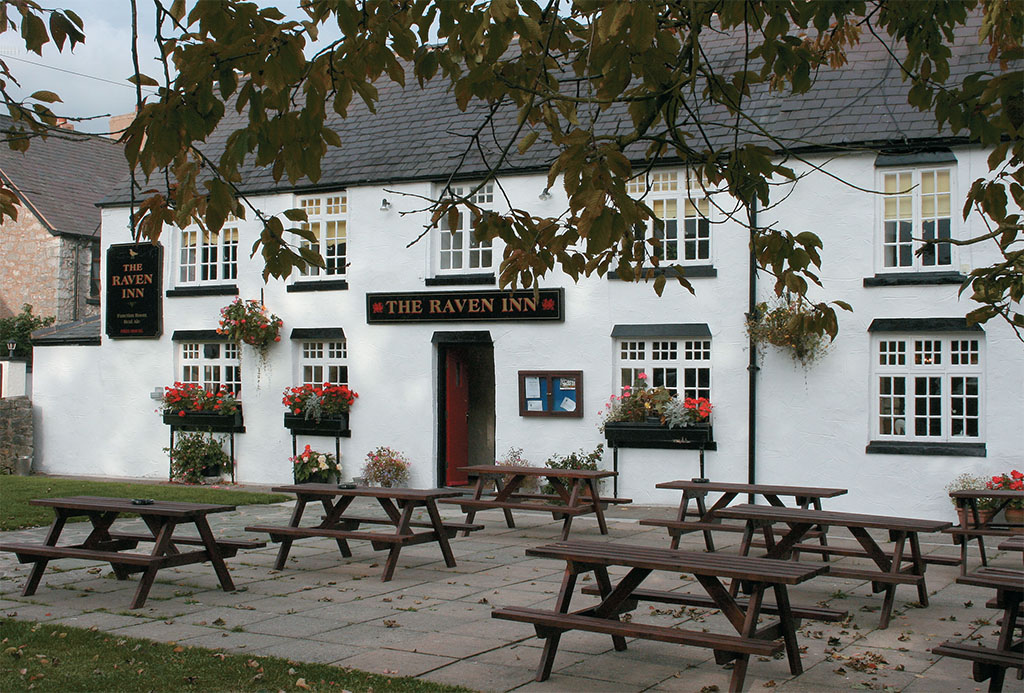
DANA HUNTLEY
The nature of society has changed, too. Not only is it cheaper to enjoy your cider or g&t at home, but also that is where the television is. The pint’s accompanying conversation and pub games that used to wile away long winter evenings aren’t necessary to our entertainment any more. And if we decide to go out for a drink, it’s just as easy to hop in the car and drive the half a dozen miles into the market town, where there’s more choice of ambience, beer and companionship.
It’s not that we don’t value the village pub any more. It’s simply that as an institution, it has always been taken for granted—like the parish church and the manor. And much like those timeless features of the village, it has lost its vitality over the years.
But not every village is about to let its pub fail without a fight. Across the country there are many working diligently to save their village pubs. After all, this has not been a silent passing. The media have been all over this story for years. The Prince of Wales has been an active campaigner for the viability of rural pubs since 2001. Prince Charles’ The Pub is the Hub initiative is actively helping hundreds of pubs across England and Wales build partnerships with their communities that allow them to be economically sustainable.
And up in the mountains of northeast Wales, one village has taken matters in its own hands. At Llanarmon-yn-Ial, The Raven Inn closed down last summer. So, the residents of the village got together and formed a cooperative to run the pub themselves. I went up there this autumn to see how they were getting on.
[caption id="SavingtheVillagePub_img4" align="aligncenter" width="1024"]
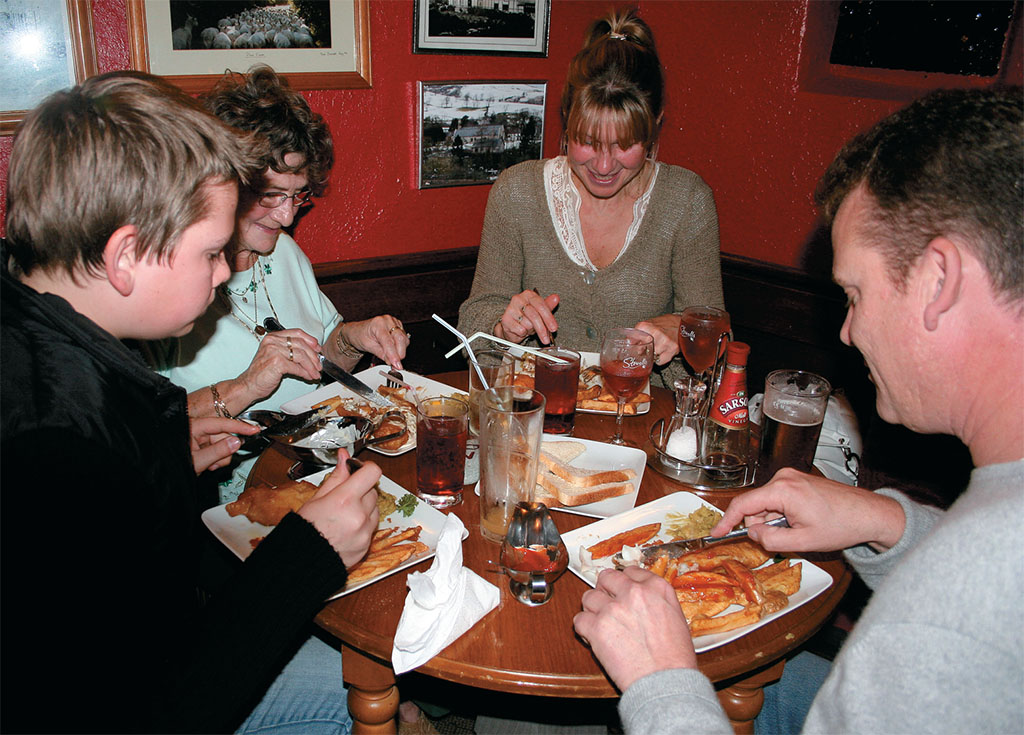
DANA HUNTLEY
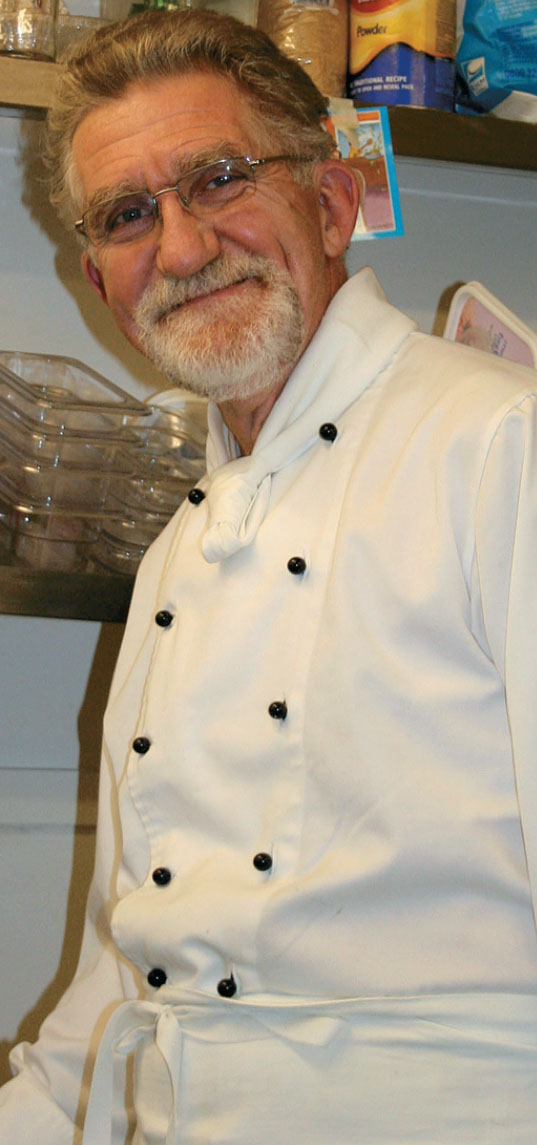
DANA HUNTLEY
It took some getting to. Llanarmon-yn-Ial lies tucked a few undulating miles off the A494 between Ruthin and Mold in sparsely populated Denbighshire. There are about 600 souls in the village. It’s not on the way to any place. I wound my way there on a dark, rainy Thursday night in October. It was no trouble finding The Raven Inn. The pub was the only place with any exterior lights on in the village—right across from the village church. A banner greeted me on the garden wall announcing: “Welcome to our Community Run Pub.”
I walked in, ordered a pint of the local real ale and told the half a dozen fellows assembled that I’d come 4,000 miles to drink beer in that pub. I got a warm welcome, and had a delightful evening hearing the village’s story. Friendly folks came and went while I visited with an enthusiastic barman, Oliver Beardwood, and Doug MacPherson, the pub committee’s marketing director.
When the pub closed last summer, the villagers had a meeting in the church parish hall. After all, the Raven has been the village pub since 1772. There were several options open to them, but they gamely moved on the most aggressive, and contracted with the owner to take over The Raven Inn. Some 66 villagers turned out for a work day, giving the premises a thorough remake, painting and cleaning. Those that couldn’t muster a paintbrush donated flowers to the planters out front.
Raven Mad
Check out all the happenings at The Raven Inn on their terrific website: www.raveninn.co.uk. You can even subscribe to the pub newsletter The Raven Mad Times.

DANA HUNTLEY
Propping up the bar in the corner, jovial, bearded Neil Pearson confirmed: “There’s a buzz about this place. It changed from a place where you have a few drinks and chat with people to a place where you really socialize.” Three gorgeous witches floated inside all aflutter, to promote the pub’s upcoming Halloween events. They cheerily posed for publicity pictures.
All the regulars bemoaned that I was there on a slow, wet Thursday, and urged me to return on the following evening. Friday was fish & chips night, and there’d be plenty of action. Oliver was going to Fleetwood the next morning to pick up the haddock fresh from the boat.
The next morning I was back in Llanarmon, to explore the village and take pictures. The visit didn’t take long. There’s really not much to see. There’s a village shop and post office, and St. Garmon’s parish church, C of E. There’s a caravan park on the outskirts that swells the custom of The Raven Inn during the summer. You can catch a local bus that shuttles between Ruthin and Mold. Seven or eight a day roam through the village. I watched a beer truck unloading barrels at the Raven.
[caption id="SavingtheVillagePub_img7" align="aligncenter" width="1024"]
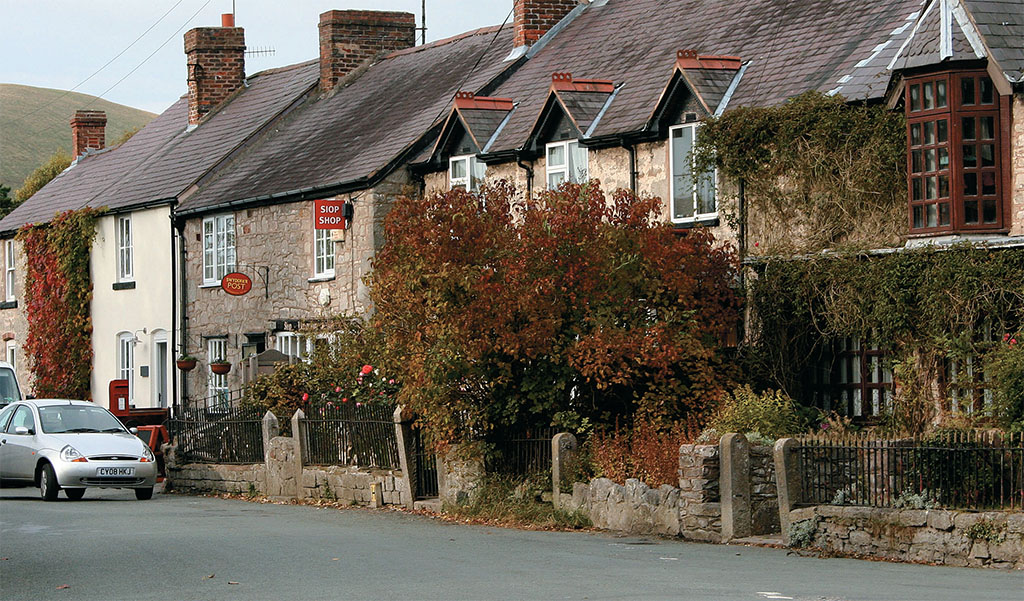
DANA HUNTLEY
After an otherwise busy day, I returned to the Raven that evening for fish & chips. The joint was jumping. The Raven is a classic old public house, with low ceilings and exposed beams. There are two good-sized rooms with fireplaces and furnishings, relic of the days when the lounge and bar were separate places, and a game room spilling off to the side with a snooker table and dartboard. All three rooms were alive with laughter, kids and good humor.
Individuals, couples and family groups everywhere were eating fish & chips, served on proper dining ware, with mushy peas and bread and butter—all smartly served, with malt vinegar, tartar sauce and such. I ordered mine at the bar and waited my turn sipping on local Great Orme ale.
Later in the kitchen, I met Mike Watkins who cooked all this haddock and chips. Mike was quick to point out that he was of retirement age. Indeed, he retired as the chef for the British Steel boardroom. By the time the kitchen closed at 8, they had served 78 portions that evening.
Whether the great villagers of Llanarmon succeed in fulfilling their ambitions for The Raven Inn remains to be seen. They’re certainly off to a promising beginning. And if they can do it, than other communities can as well. After all, there are many places with more commercially advantageous locales. In the meantime, the next time I’m in northeastern Wales on a Friday, I know where I’ll be heading. The people were friendly, the venue first-rate and they were the best fish & chips I’ve ever had in my life. That’s all.
The Bulldog Connection
The principal market town for Llanarmon-yn-Ial (pronounced “Clan-armon-in-Yale”) is Wrexham. The Wrexham parish church, St. Giles, contains the chapel of the Royal Welsh Fusiliers. It includes a contemporary column on the altar, reminding folks to pray for the battalion on active duty in Afghanistan.
St. Giles is also the family church of Elihu Yale, whose Welsh family was of some prominence in the area. Yale’s parents were Puritans who emigrated to Boston, where he was born in 1649. Yale traveled for much of his life building a fortune, of which a large part went to endow the university in New Haven that bears his name. Yale returned here in later life and is buried in the churchyard.
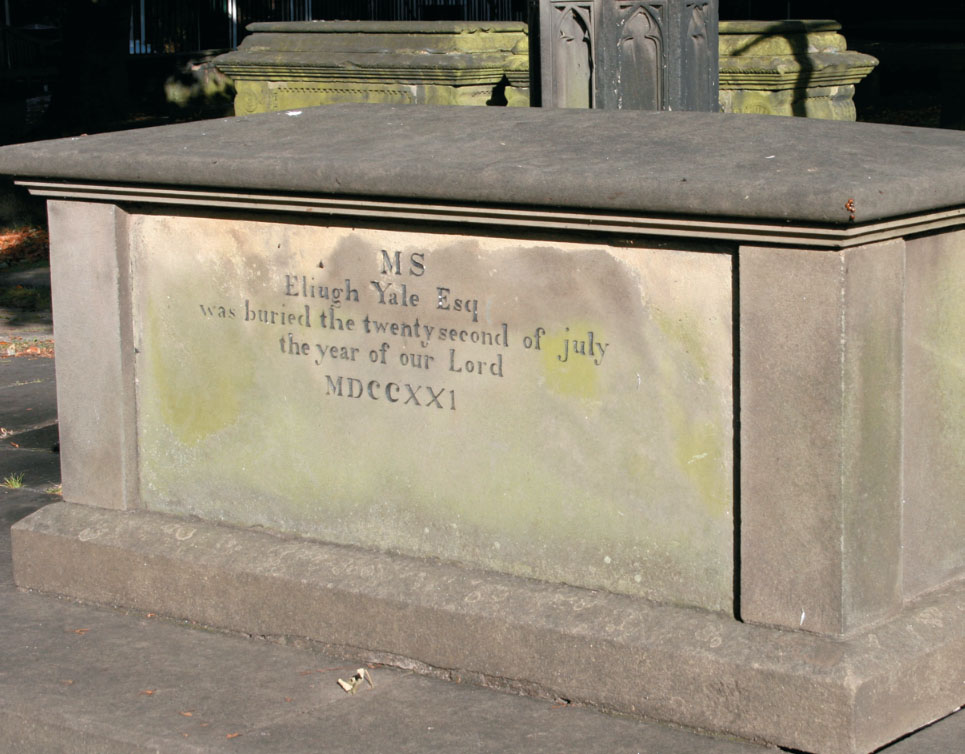
DANA HUNTLEY





Comments